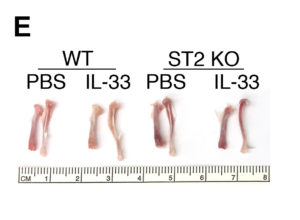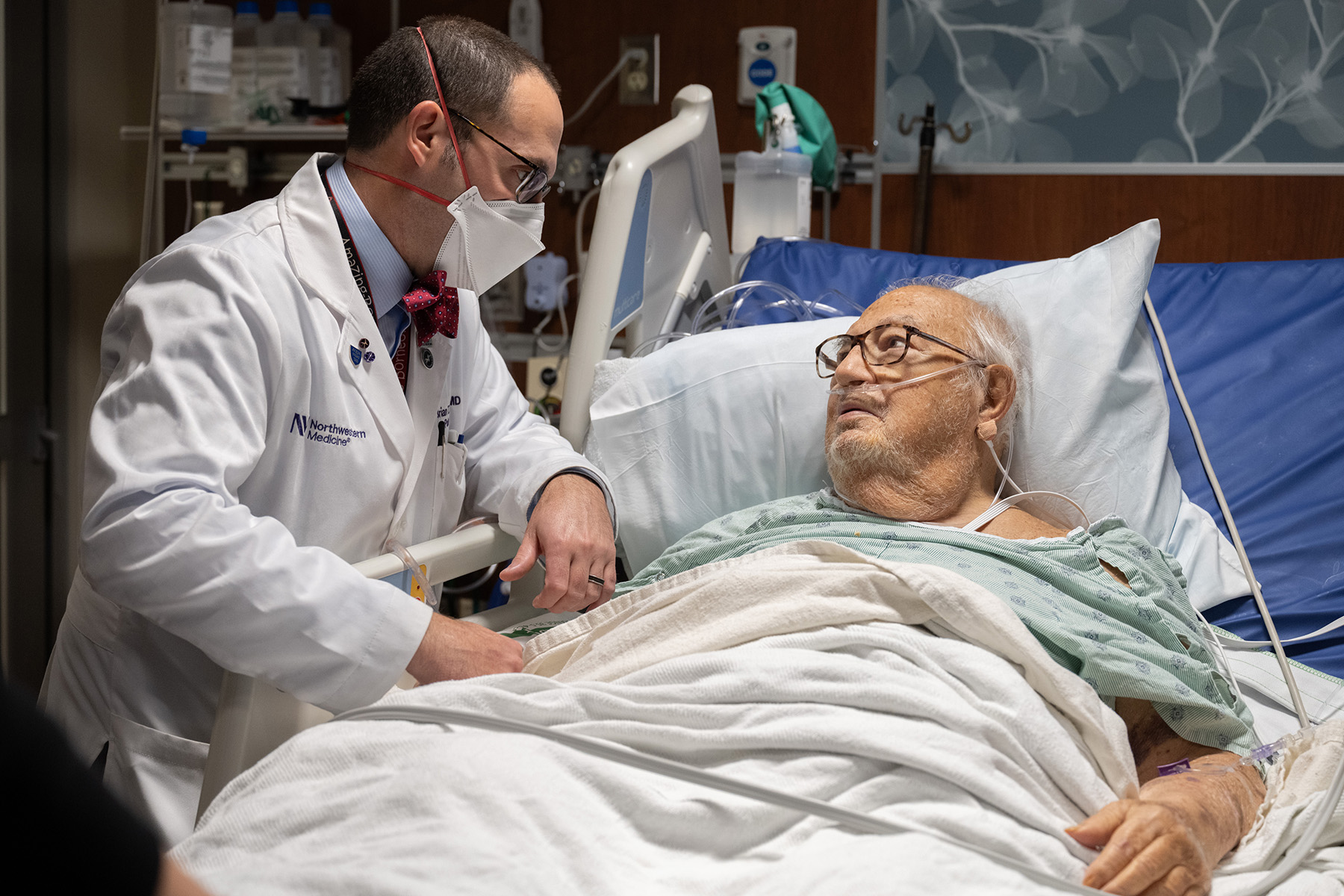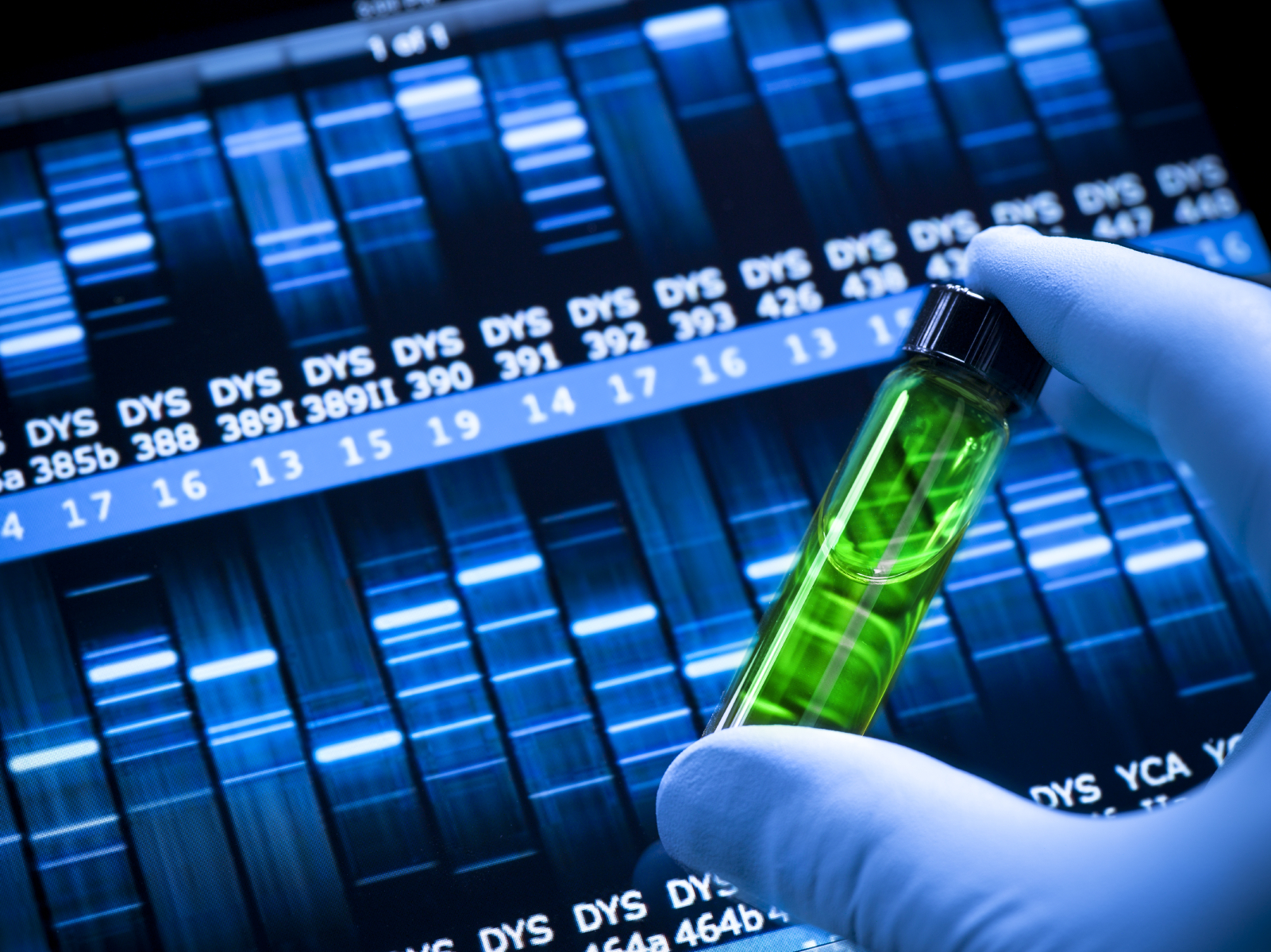
Northwestern Medicine scientists have demonstrated that a cytokine known to be important in allergic disease called interleukin-33 (IL-33) plays a key role regulating stem cells under normal, healthy conditions.
Laura Johnston, a fifth-year doctoral student in Feinberg’s Driskill Graduate Program (DGP), was the first author of the paper, published in The Journal of Immunology.
Eosinophils are critical immune cells that drive much of the allergic inflammation associated with diseases like asthma and atopic dermatitis. As such, there’s been intense interest in defining a molecule that could be targeted in order to limit the production of eosinophils in patients with such diseases.
While it’s long been known that interleukin-5 (IL-5) is important in the later stages of eosinophil development — and there are ongoing trials that look at targeting IL-5 — the signals involved in earlier phases of development have been less understood.
In the current study, Johnston and a team of scientists showed that IL-33 works before IL-5 in the development process, where it modulates the receptor for IL-5, making other cells more responsive to IL-5.
“This paper argues that IL-33 is potentially better as a target because it’s an earlier step in the process,” Johnston said, adding that an anti-IL-33 antibody has just passed phase I trials.

The scientists investigated eosinophil development by examining mice that had been genetically modified to lack IL-33. They found that compared to normal mice, mice lacking IL-33 had significantly fewer eosinophils in their bone marrow — where these cells originate — and in their blood.
“This indicates that IL-33 plays a role in eosinophil homeostasis,” Johnston said.
To further test the hypothesis, the team injected the mice with IL-33. They observed that IL-33 administration increased the number of eosinophils in the blood and bone marrow of normal mice and mice that were IL-33-deficient (although not in mice who had been genetically modified to be unable to respond to IL-33). Upon further examination, the scientists found that IL-33 affected immature eosinophils in the bone marrow, whereas IL-5 affected mature eosinophils.
“While this study is focused on how mice normally generate eosinophils, our future studies will investigate how this contributes to disease,” she said. “We’re interested in how IL-33 could provide communication between inflamed tissues and the bone marrow. We hope that IL-33 may be a good target for many types of eosinophilic disorders.”
Johnston conducted the research in the lab of senior author Paul Bryce, PhD, associate professor of Medicine in the Division of Allergy and Immunology and of Microbiology-Immunology.
Johnston said she plans to continue conducting research in immunology, and is particularly interested in translational research.






